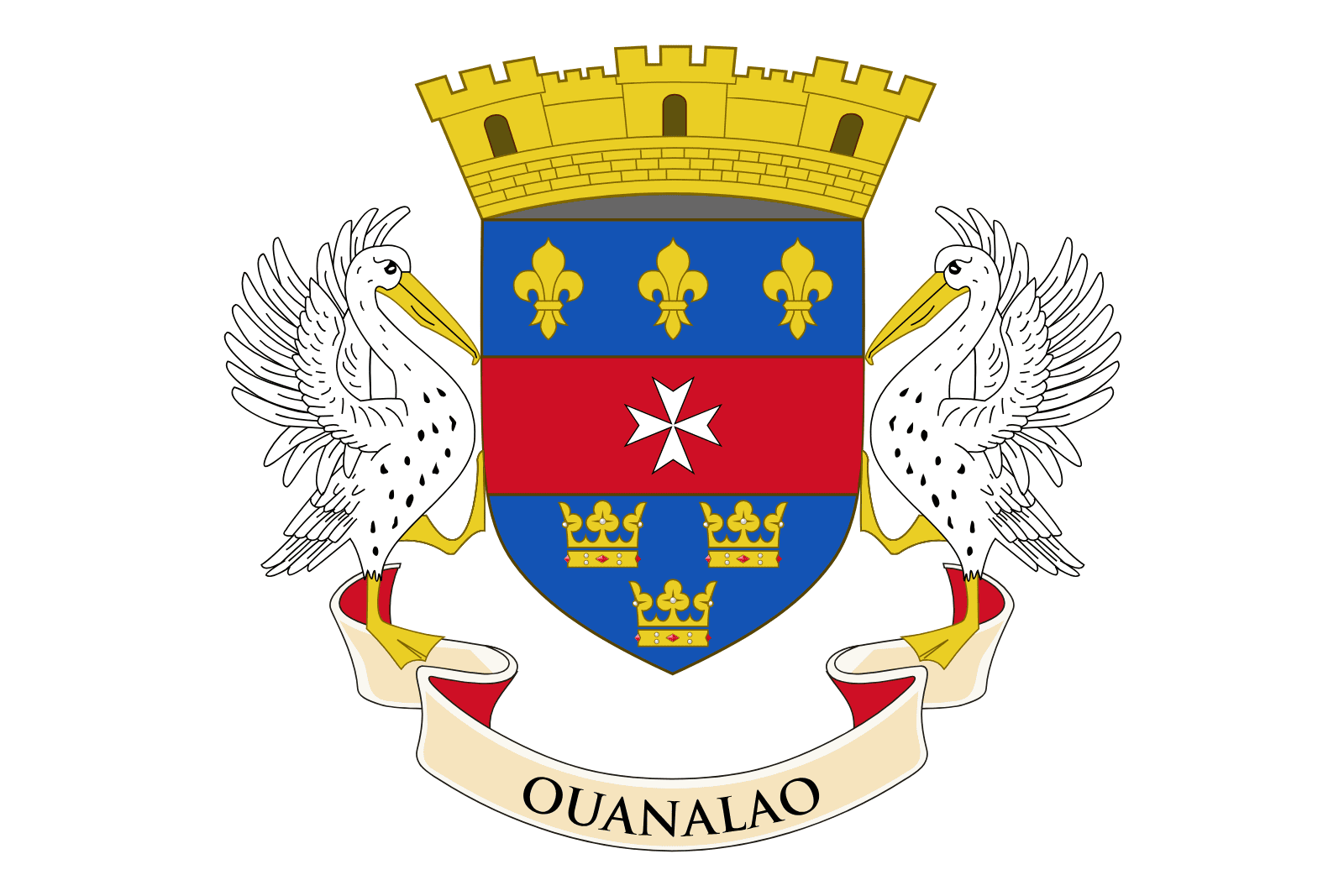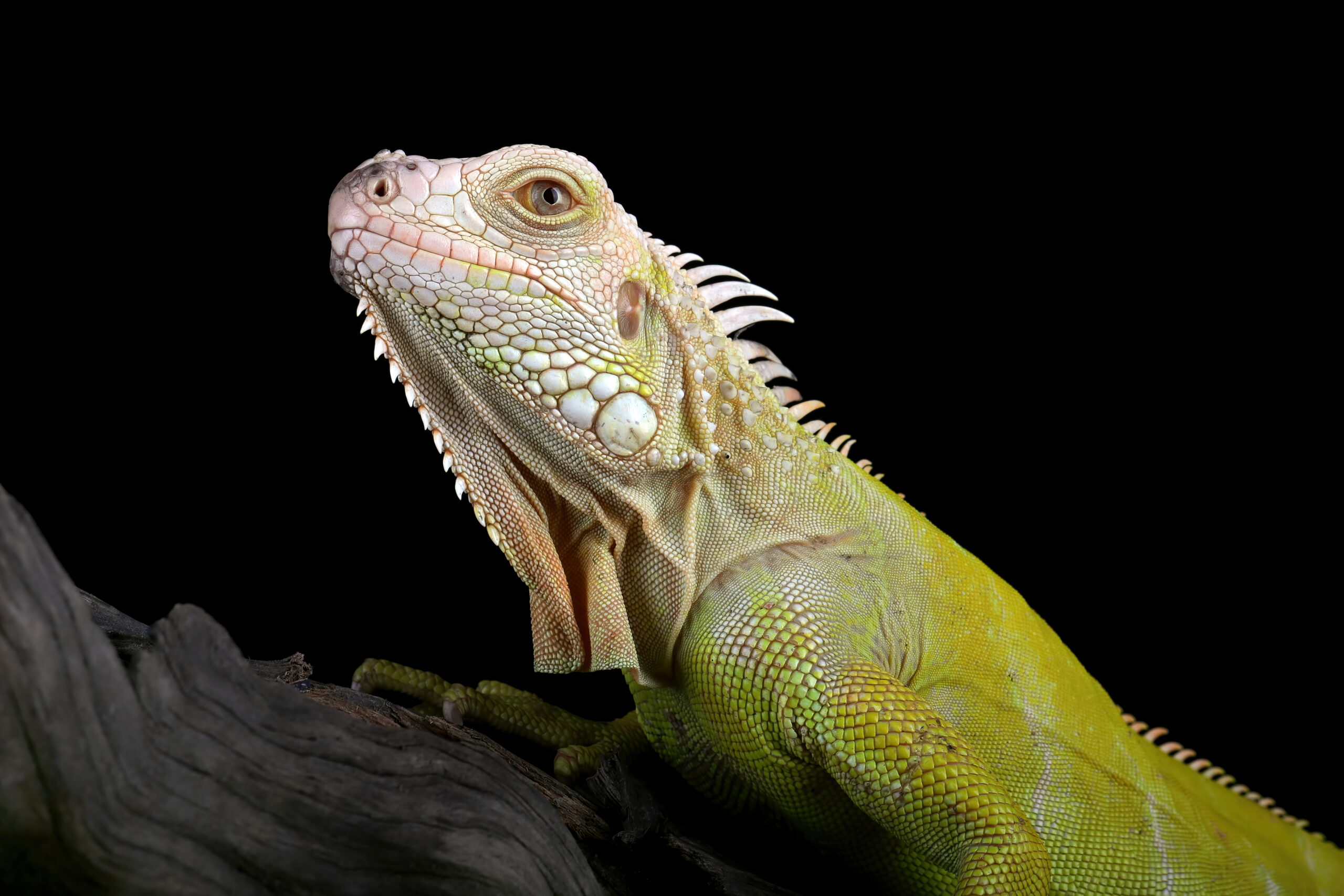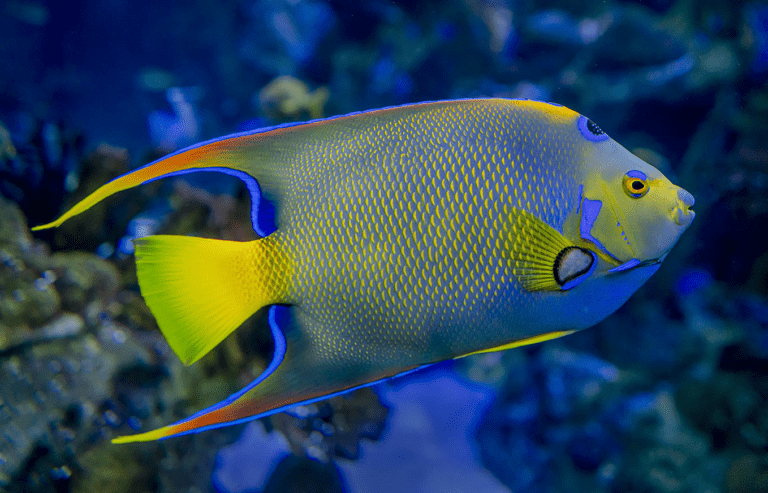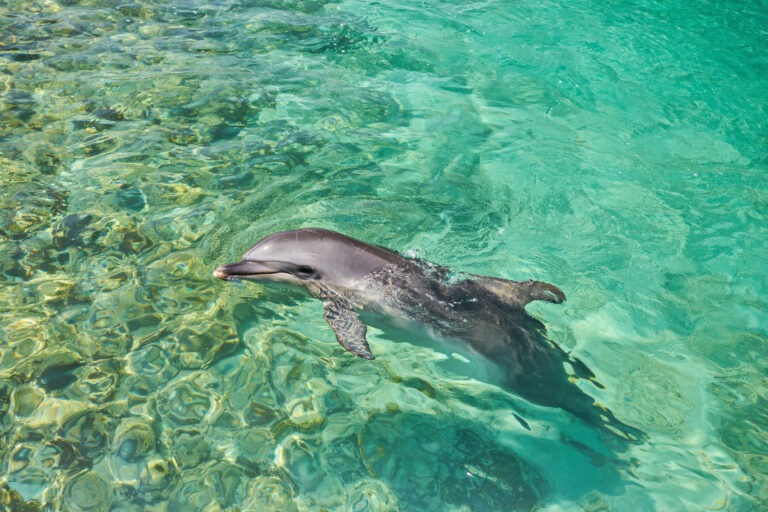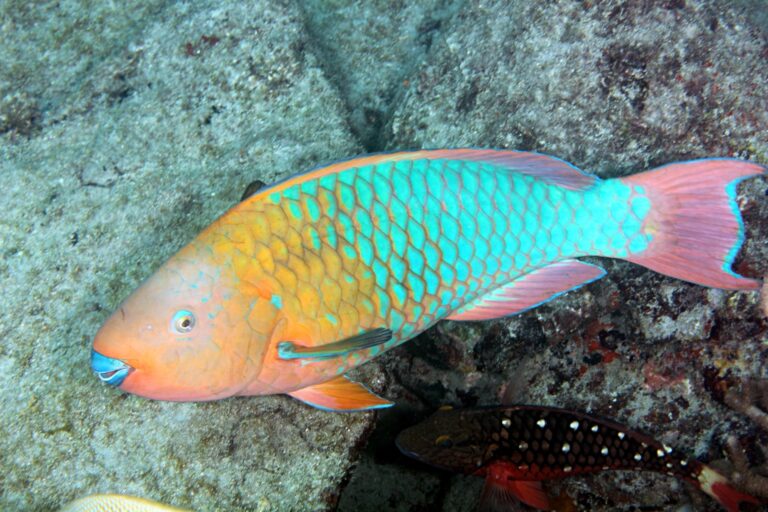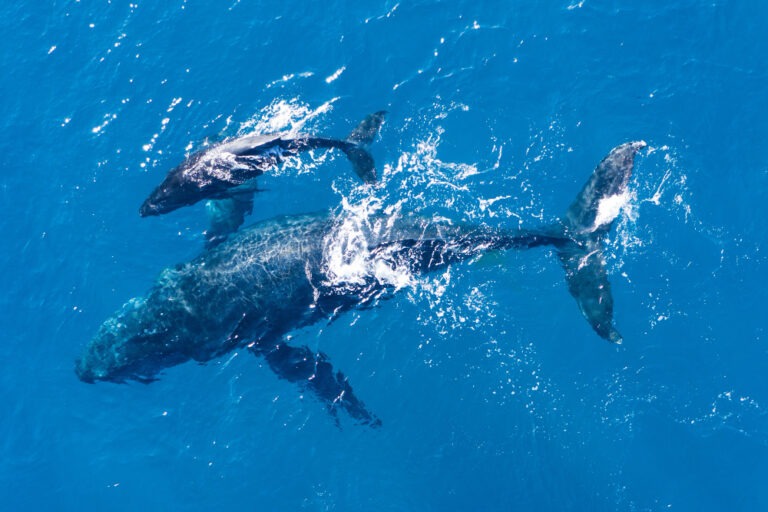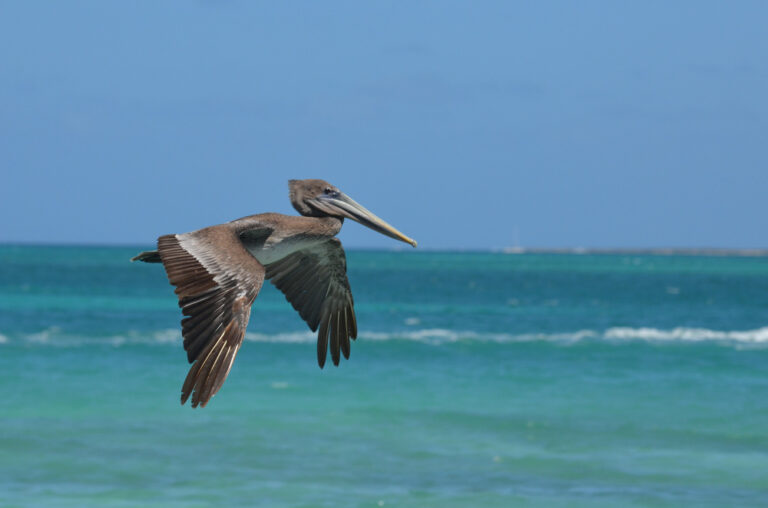Lesser Antillean Iguana
The Lesser Antillean Iguana (Iguana delicatissima) is a critically endangered species native to the Lesser Antilles, including St. Barthélemy (St. Barth). This iguana is an important part of the island’s biodiversity and plays a vital role in its ecosystems.
Characteristics of the Lesser Antillean Iguana:
- Appearance:
- Size: Adult iguanas can reach lengths of up to 3 to 4 feet, including their tail.
- Coloration: They typically have a light gray to greenish-gray body, with males often exhibiting more vivid colors during the breeding season. They lack the distinctive black bands found on the more common Green Iguana.
- Distinctive Features: They have a more robust body and a shorter, blunter snout compared to the Green Iguana. The absence of a large dewlap (a flap of skin under the throat) also helps differentiate them.
- Behavior:
- Diet: Lesser Antillean Iguanas are primarily herbivorous, feeding on a variety of leaves, flowers, fruits, and other plant materials. They occasionally consume small invertebrates.
- Activity: These iguanas are diurnal, meaning they are active during the day. They can often be seen basking in the sun to regulate their body temperature.
- Habitat Use: They inhabit a range of environments, including coastal areas, dry forests, and shrublands. They are also known to climb trees and shrubs in search of food and basking spots.
Habitat and Distribution:
- Range: The Lesser Antillean Iguana is native to the islands of the Lesser Antilles, including St. Barth. However, their populations have declined significantly, and they are now limited to a few islands.
- Environment: They prefer habitats with ample vegetation for food and cover, including coastal forests, dry woodlands, and scrub areas.
Conservation Status:
- Critically Endangered: The Lesser Antillean Iguana is listed as critically endangered due to severe population declines caused by various threats.
- Threats:
- Habitat Loss: Deforestation and development have reduced their natural habitats.
- Predation: Introduced predators such as dogs, cats, and mongooses prey on iguanas and their eggs.
- Hybridization: Hybridization with the introduced Green Iguana (Iguana iguana) poses a significant threat, as it dilutes the genetic integrity of the native species.
- Human Activities: Hunting and capture for the pet trade have also contributed to their decline.
Conservation Efforts in St. Barth:
- Habitat Protection: Efforts to protect and restore natural habitats are crucial for the conservation of the Lesser Antillean Iguana. This includes establishing and managing protected areas.
- Control of Invasive Species: Programs to control or eradicate invasive predators and competitors, such as the Green Iguana, are essential.
- Captive Breeding and Reintroduction: Captive breeding programs aim to increase population numbers and reintroduce individuals to suitable habitats.
- Public Awareness and Education: Raising awareness about the importance of the Lesser Antillean Iguana and the threats it faces can help garner local support for conservation efforts.
Importance to the Ecosystem:
- Seed Dispersal: As herbivores, these iguanas play a role in seed dispersal, contributing to the regeneration of vegetation and the health of their habitats.
- Ecosystem Balance: By maintaining plant populations and structure, they help support the overall balance of the ecosystems they inhabit.
In summary, the Lesser Antillean Iguana is a critically endangered species with a vital role in the ecosystems of St. Barth. Conservation efforts are essential to protect and restore their populations, ensuring that this unique species can continue to thrive. Protecting their habitats, controlling invasive species, and raising public awareness are key components of these efforts.

